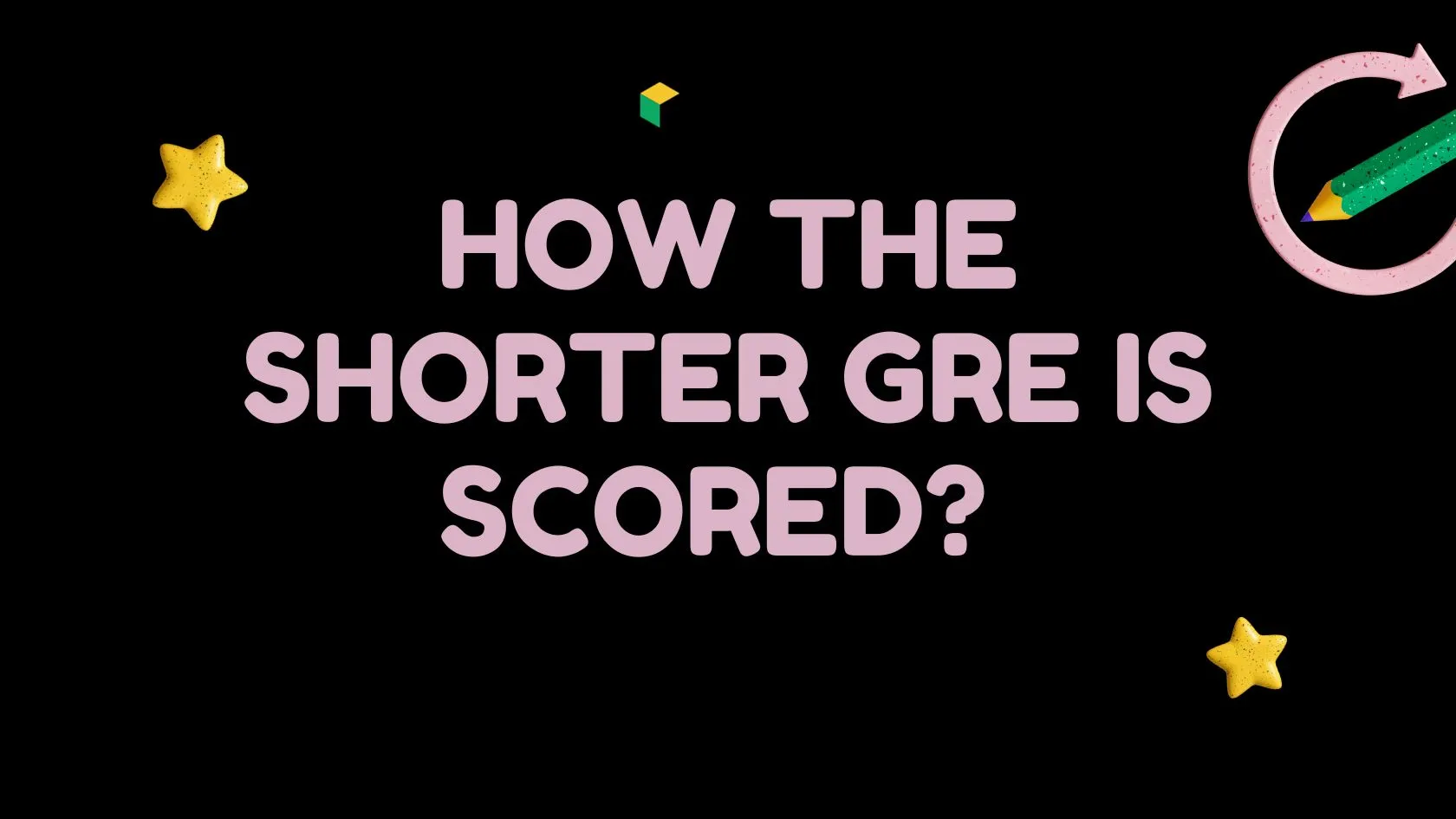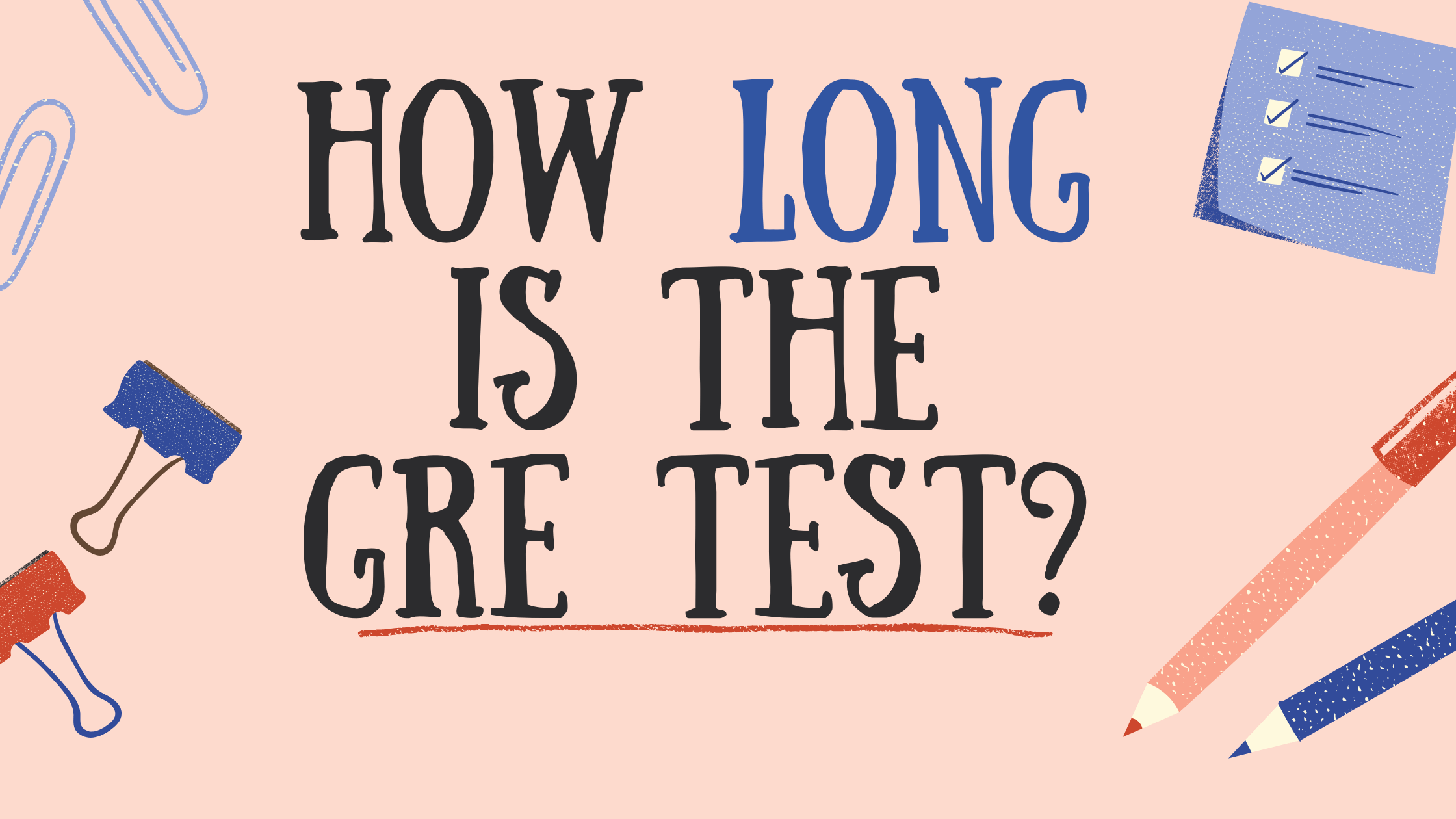Confused about how to prepare for the GRE math section? Well, you have come to the right place.
The Quantitative Reasoning section in the GRE is divided into 2 sets of 12 and 15 questions, respectively. GRE does not test undergraduate or advanced mathematical concepts. So what does it ask for?
The GRE wants to assess your basic mathematical skills, so most questions are posed as “real-world problems.” They want to assess how good you are at problem-solving and logical reasoning and how efficiently you can utilize quantitative methods. Most of the questions are essentially word problems, which you need to convert into equations and numbers to solve. Thus, the concepts tested in the Quantitative Reasoning section of the GRE are pretty elemental.
The GRE Quantitative Reasoning sections test four primary areas of mathematics:
- Arithmetic
- Algebra
- Geometry
- Data Analysis
-
Arithmetic:
Arithmetic topics include knowledge of properties and types of integers, fractions, exponents and roots, decimals, real numbers, ratios, and percentages.
-
Algebra:
Topics in algebra include algebraic expressions, rules of exponents, simplifying and solving equalities and inequalities, functions, linear and quadratic equations, applications, coordinate geometry, and graphs of functions.
-
Geometry:
Geometrical topics include lines, angles, polygons, triangles, quadrilaterals, circles, and three-dimensional figures.
Remembering these special triangles’ properties and associated formulas will tremendously help solve questions effectively and efficiently.
Also, please note that the geometrical figures you encounter in your GRE are not necessarily drawn to scale. This means a figure will measure differently than how it is drawn on paper or screen. Unless stated otherwise, assume that the figures are not drawn to scale.
-
Data Analysis:
Finally, we have the Data Analysis content. This basically includes concepts from statistics, for example, mean, median, and mode; range and standard deviation; interquartile range, quartiles, and percentiles; counting methods; probability; numerical methods for describing data; methods for presenting data; interpretation of different charts, graphs, data, and tables. The charts include bar graphs, pie charts, histograms, box plots, and scatter plots.
Please note that the coordinate geometry could be present within the algebraic category or data analysis one and is always drawn to scale. This is the standard xy-plane that you may have studied in high school or introductory level at undergraduate.
Unless otherwise indicated, the other bar, pie, or data charts are always drawn to scale. That means you can assume an answer simply by looking at the figure chart, if appropriate.
Most other mathematical terminology is also from your high school mathematics or statistics. For example, 1 indicates positive while -1 indicates negative.
Dividing the whole Quantitative Reasoning into these smaller, digestible parts can help one overcome their fear of the mathematical sections.
After dividing, you may realize that you are good with arithmetical concepts but must brush up on your geometry and/or algebra. This can help you plan your schedule in smaller, more manageable, and achievable chunks.
Types of Questions:
Well, according to the official GRE website, the Quantitative Reasoning section consists of four types of questions:
- Quantitative comparison questions
- MCQs–select one answer
- MCQs–select one or more answers
- Numeric entry questions
All the questions come as independent, except for the Data Interpretation questions, which mainly consist of 2-3 questions.
Recent Changes in the GRE:
In Sept 2023, the GRE changed to a shorter format. GRE mathematics has been getting trickier and more time-consuming. Therefore, the most efficient way to score well in the Quantitative Reasoning section is to master the core skills and the associated concepts.
So, once you have a conceptual understanding, you can move on to the strategies that will help you solve questions in less time.
GRE math is school and high school mathematics (class 5 – 8) level. So, in order to improve your scores, you need to brush up on your concepts and then practice questions from ScholarDen resources, which match the real GRE standards.
In short, that is how you can prepare for and ace your GRE Quantitative Reasoning!
Read on: Shorter GRE Questions Types And Sections Analysis









